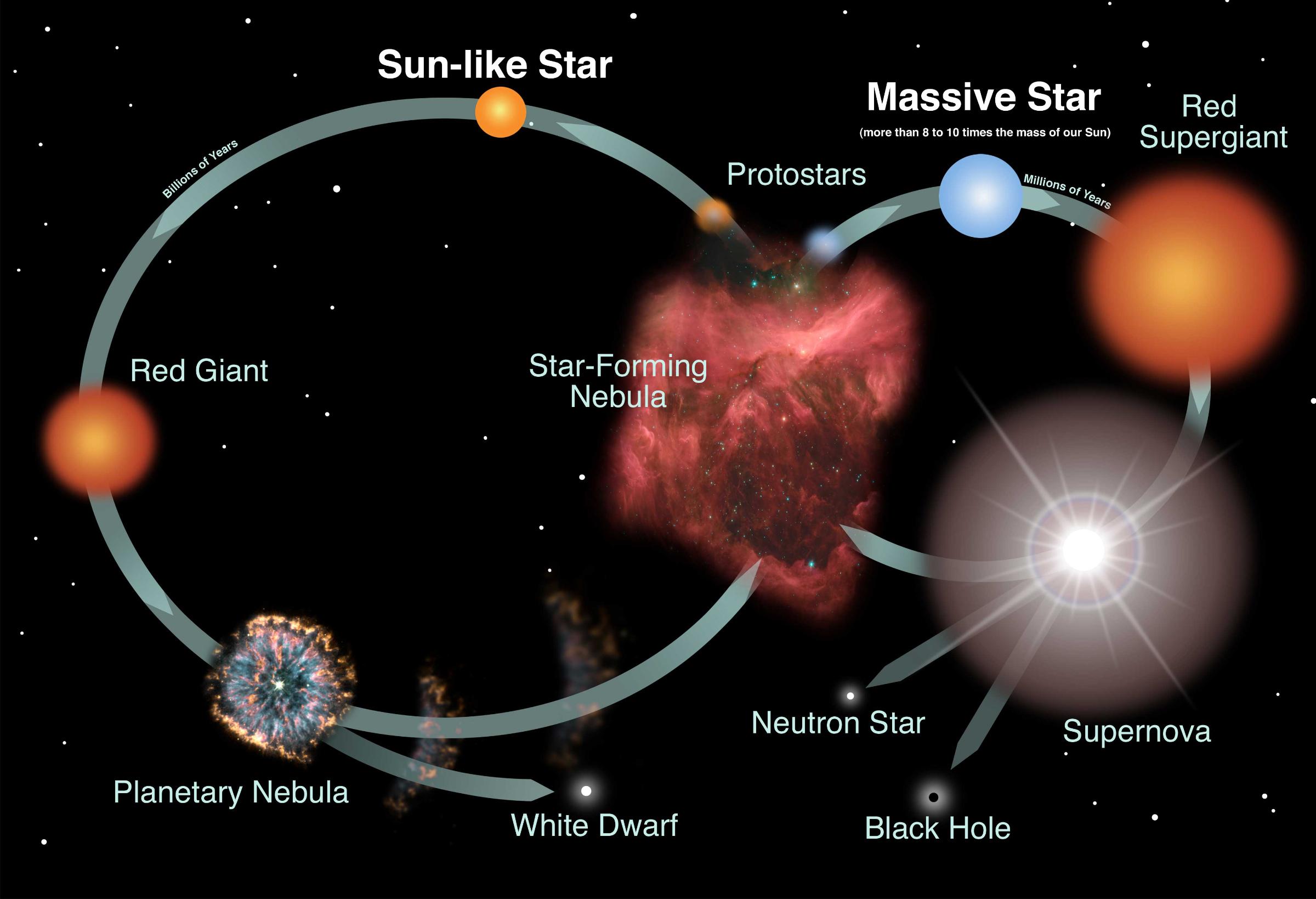The Yin-Yang of Stars
In 1054 AD, a mysterious 'guest star' blazed in Taurus, outshining the daylight for months. Centuries later, astronomers unraveled its violent truth: not a celestial visitor, but the death scream of a star. Let’s explore this cosmic cataclysm—and how its corpse still haunts the night sky.
Ever since man turned his gaze skyward, he had been captivated by that cosmic tapestry. The night sky never failed to entertain him – be it the occasional cosmic fireworks or just the steady twinkle of stars. He had more time to stare at the heavens – using what he observed to navigate, farm and mark seasons. But the modern man is so busy keeping pace that he rarely looks up. Is he happier chasing deadlines? Perhaps, but little does he realise that such joy is a temporary distraction from reality.
“The price of chasing deadlines is often paid in the currency of life itself.”
But before we get too philosophical, let us look into one of the strangest astronomical events that early stargazers witnessed.
A Little Bit of History
In 1054 AD, Chinese astronomers recorded a ‘guest star’ in the Taurus constellation that shone so brightly it was visible by day for months. Similar observations had been recorded by the stargazers of Native America, Japan and Arab of that time. For centuries, the true nature of this event went unnoticed. Only in 1844 when Charles Messier set out to hunt for comets did he find a strange object in Taurus, mistaking it for Halley’s comet at first. But since it was a hazy patch of light that was not moving, he started cataloguing it into a separate list along with other similar objects. This object was hence known as Messier 1 (M1) – the first object of Messier’s catalogue.
 That’s Charles Messier for y’all. Image Credits: Nebula Photos
That’s Charles Messier for y’all. Image Credits: Nebula Photos
It wasn’t until the early twentieth century that astronomers, studying the stellar dynamics, were able to connect the dots – Messier 1 was none other than the remains of the ‘guest star’ that appeared in 1054 AD! Even today, though vastly fainter, one can look up near the southern horn of the Taurus using binoculars, to see the hazy red patch of dust with its crab-leg-like filaments (as depicted by Lord Rosse) never ceases to amaze the stargazers. You are probably wondering what a guest star is, and what exactly happened that only remains of it are visible now. Let us explore further, one doubt at a time :-)
Debunking the Mist
First of all, it is not a ‘guest’ star. So… what was this ‘guest’ star, if not a star that suddenly popped into existence? To answer this, we must understand what any star undergoes throughout its lifetime. (Yes, stars don’t just stay around forever)
 An infrared image of Crab nebula obtained by the James Webb Telescope. Image Credits: NASA Webb
An infrared image of Crab nebula obtained by the James Webb Telescope. Image Credits: NASA Webb
The story of a star begins in a hot, dense cloud of gas (mainly Hydrogen) and dust called the star-forming nebula. Gravity brings them together as tiny chunks of matter and a baby star (protostar) is born! When its core becomes hot and dense enough, nuclear fusion ignites, converting hydrogen into helium. Why do we need fusion? Because for the star to sustain itself against the relentless pull of gravity there must be an equal but opposite force to counteract it. Nuclear fusion releases an immense amount of energy outward to balance the inward gravitational pull.
All is well until these stars start running out of hydrogen in their core. When this happens, the gravity shrinks the core, heating it further. This heat ignites hydrogen fusion in a shell surrounding the core. The intense energy released from this shell fusion pushes the outer layers outward, inflating the star into a Red Giant. These giants could be as big as 100 times the original size! While this is the case for sun-like stars, things get bulkier for stars about 8 to 10 times the mass of the sun. They inflate into a Red Supergiant which is much bigger than the giants. From here, the fate of the star diverges – giants shed off the outer layer, while supergiants blast off leading to a supernova!
 Pictorial description of the stellar life cycle. Image credits: NASA Webb
Pictorial description of the stellar life cycle. Image credits: NASA Webb
You have guessed it right! The ‘guest star’ of 1054 AD was nothing but a supernova and what is still visible – the crab nebula – is a supernova remnant. But hey, is that all to the life of a star? Certainly not. Nature is yet to reveal its most beautiful creations to the observers. For sun-like stars, the shed-off layer becomes an expanding shell of glowing gas called a planetary nebula (named for their round, planet-like appearance in early telescopes) leaving just the core which could not fuse carbon into much heavier elements. While massive stars leave behind their remnants– like that of the crab nebula– and an incredibly dense, collapsed core. And yes, one day the crab nebula could disappear from its sight too, just like its parent star. Another fleeting wonder in the cosmic dance, yet what would remain is a beautiful and equally interesting creation of mother nature : a Pulsar!
You may wonder, what is so beautiful about a corpse? I will let you decide yourselves in my upcoming blog.